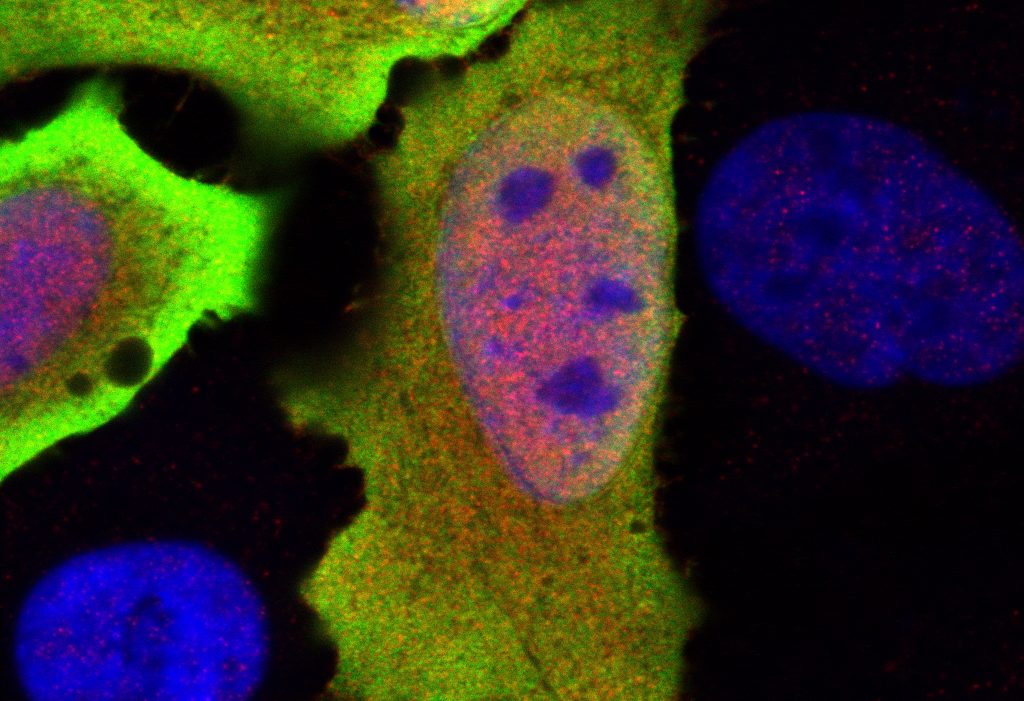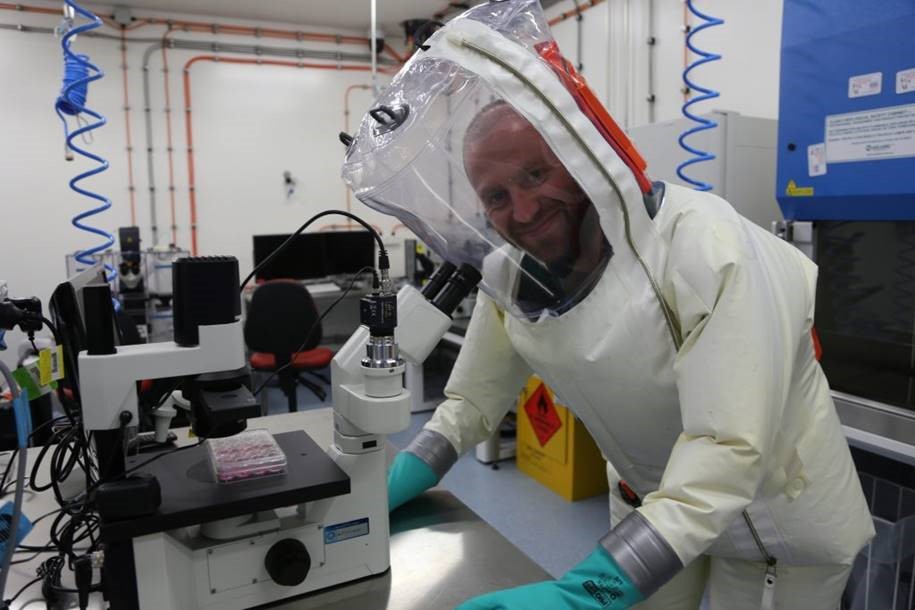
The C6orf106 gene: doesn’t really roll off the tongue, does it?
Our researchers have discovered a gene that plays a critical role in regulating the body’s immune response to infection and disease. Now that we’ve found it, it could be used to develop new treatments for influenza, arthritis and even cancer.
As the discoverers of the C6 gene’s function, our researchers get to name it. And we’d like your help.
The little gene that could
If we imagine for a moment that our bodies are like neighbourhoods with each cell representing its citizens and our immune response is the police that makes sure everything is in working order. When a criminal ‘virus’ attacks a citizen cell, it will signal to the immune police something bad has happened. Our immune chemicals or cytokines act as 000 – the emergency helpline that gets signals out to the immune police.
Our discovery shows how C6 works in this scenario. C6 regulates the emergency line connection and can prevent a call getting through to the immune police.
Why is this important? Because the cytokines regulated by C6 are implicated in a variety of diseases including cancer, diabetes and inflammatory disorders such as rheumatoid arthritis. And we’re only at in the early stages of understanding what the powerful potential of what this little gene can do.
It’s hoped that by better understanding the role of C6 in these diseases, scientists will be able to develop new, more targeted therapies in the future.

Dr Cameron Stewart and his team discovered the C6 gene’s function.
And now it’s time for NAAAAAAME THAAAAAAT GEEEEEEEENE!
The gene’s current name is C6orf106 (C6 for short), reflecting its location in the human genome. But catchy as that is(n’t), we think we can do better – and want your suggestions!
Now before you start enthusiastically bashing Geney McGeneface out on your keyboard, there are a few rules (not set by us) for naming a gene. They have to:
- Name suggestions should be brief, specific and convey the function of the gene
- The first letter of the name should be the same as the location – so in this case, it’s a C
- The ultimate decision on a name will be approved by the Human Genome Nomenclature Committee (HGNC) – the governing body that looks after this.
After submissions wrap up at midnight on 15 July 2018, our researchers will select the top choice and submit to the gene name governing body.
So get submitting your best gene name ideas!


6th July 2018 at 7:57 pm
Call it Stringer Orf 6. I love science.
6th July 2018 at 6:06 pm
Tenacity Australis, see leading letters below;
Tenacious
Earnest
Noble
Application
Csiro Constancy
Inspiration
Tireless
Yeilding
5th July 2018 at 2:21 pm
500 Million years. What an idiot statement to make. You keep on with this evolutionary rubbish to the point of boredom. You want proper scientific evidence? Then read YAHWEH’S word (the Bible). This evolutionary crap has been debunked so many times.
5th July 2018 at 11:35 am
The heading “The little gene that could” reminded me of the children’s story “The little engine that could” which in turn reminded me of the children’s song “The little red caboose” so I would like to propose the gene name “Caboose”, which seems appropriate in a way because the caboose helps regulate the movement of the entire train.
5th July 2018 at 10:51 am
Charlie6